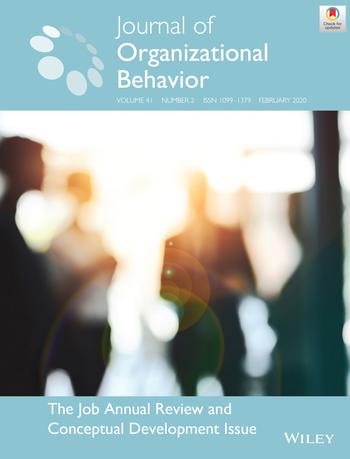Professor Razinskas publishes his research in the Journal of Organizational Behavior
News vom 20.02.2020
Together with Martin Hoegl from LMU Munich, Stefan Razinskas publishes the article “A multilevel review of stressor research in teams” in the latest Annual Review and Conceptual Development Issue of the Journal of Organizational Behavior. Their article not only reviews the extant literature on stressors and demands in collective entities like teams and work groups, but it also synthesizes an agenda for future research aiming at creating a more elaborate understanding of the functioning of teams and their members despite (or because of) certain stressors. This research is published open access and can be downloaded here.
Summary
The contemporary work environment is characterized by an ongoing trend to embed employees in teams because of their expected abilities for handling complex tasks and integrating diverse sets of knowledge and skills. However, leveraging this potential is endangered by stimuli within and outside of teams that take a toll on cohesion and teamwork among team members. Understanding the role that stressors and demands play in the work‐related functioning of teams and their members is therefore an increasingly important challenge in the organizational behavior literature. Whereas research on stressors and demands has primarily focused on the individual level, we expand the research scope by considering these phenomena to be multilevel. We perform an interdisciplinary review of the literature on these stimuli in teams and show how related research, such as that on destructive leadership, may benefit from a more balanced account and integration of frameworks on stressors. Our multilevel review is informative for the literature on stressors and demands at the individual and team levels, as it offers an important conceptual grounding for how and why various stimuli in this social environment differentially influence both the collective entity and its individual team members.
